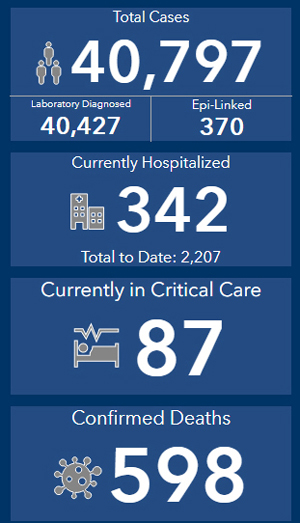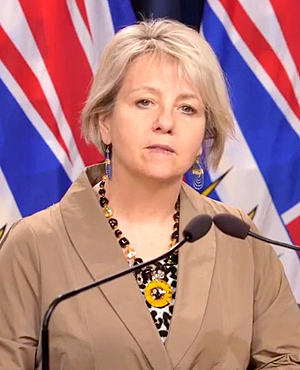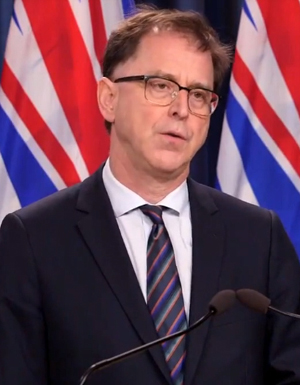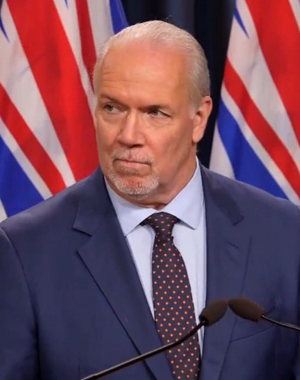
Friday December 11, 2020 | VICTORIA, BC
by Mary P Brooke, B.Sc., editor | Island Social Trends
We’re heading into this mid-winter weekend deep in the second surge of COVID-19, with 9,589 people fighting active cases of SARS-CoV-2 (aka COVID-19) infection (105 of those on Vancouver Island).
This week 79 people in BC died of the coronavirus infection (two of those on Vancouver Island).
If anyone wasn’t yet sure this is very serious stuff, this week should convince them.

Despite the glimmer of hope this week that vaccines are finally arriving (first small batch of 3,900 doses arrived in BC today and will administered to health-care personnel in long-term care and acute care on Monday), the long cold COVID winter of 2020 continues now, and into the new year.
Today Prime Minister Justin Trudeau confirmed that more doses are coming through the 2021 winter months toward spring. Health officials are saying that most people will have a chance to be vaccinated by fall 2021 but also that it could take longer.
Factors affecting the success of vaccination:
All sorts of factors influence the success of the vaccination program, including effectiveness of the various types of vaccines, how efficient the vaccination program is (will people come back for their booster shop), will enough people participate in vaccination in order for community immunity to be achieved (thought to be 60 to 70 per cent coverage required), and will enough of this happen before the autumn of 2021 so that we don’t have another pandemic winter.
It also matters that the Canada-US border can remain closed so long as infection rates continue to additionally rampant in the USA. We can likely expect the State of Emergency to continue to be renewed every two weeks in BC so long as this pandemic lasts.
This week all politicians and health officials urged their populations to stick with the program of following public health protocols against COVID-19 (physical distancing, hand washing, staying home if ill, etc.) and of course to adhere to the public health orders that restrict gathering-size (e.g. Christmas at home this year, just your household) and travel to only that is essential. In BC, face masks must be worn in all indoor public spaces.
Pitching for public buy-in:
“COVID-19 continues to circulate in our communities and the risk to all us remains high,” it was stated that starkly in the joint statement today from Provincial Health Officer Dr Bonnie Henry and Health Minister Adrian Dix.

In addition to recommending that people”take a step back from the usual holiday rush”, Dr Henry and Minister Dix says they “want to ensure we are moving into this stage of our COVID-19 response in the best position possible”. They hope people won’t ‘fall back’ as BC moves forward with its multi-phased immunization program (as vaccine products become available).
BC COVID stats at December 11:
There’s a total of 40,797 COVID-19 in BC cases year to date. That’s equivalent to the population of Langford.
Today there are 9,589 active cases across the province (that’s almost the number of students in attendance in schools in the west shore and Sooke).
Of current cases, 342 people are in hospital, with 87 people struggling with a more serious case of the disease in intensive care or critical care. When people are on those mechanical ventilators — supplying them with life-supporting oxygen — sometimes they never wake up again.
Self-isolating at home are 12,008 people today, it was itemized in the December 11 joint statement from the Provincial Health Officer and Minister of Health. That means ordering in, other people doing your errands, missing aspects of school or work. This is tough stuff. Hopefully the message is starting to hit home.

Hospitalizations due to this virus now number at 2,207 for all of BC in 2020. For a comparison, that’s about half the population of Metchosin, or more than one-third the crowd that could fill the Westhills Stadium in Langford, or more than all the students who would normally attend a large high school.
This week alone, 79 lives were taken in BC due to the COVID virus (most of them among senior residents of long-term care, but also some young adults). The family tragedies are only just starting to be documented; the stories will roll out for years and last a lifetime in the psyches of many.
There have been 598 COVID deaths so far, as the novel coronavirus continues to transmit itself ferociously, with no other goal than to replicate itself.
While 29,598 people are listed as recovered from COVID-19 infection (i.e. producing a negative test after testing positive), many of these people will have impacts (some of them long-lasting) ranging from physical impairments or changes, mental health impacts, family or social ramifications, impact on educational goals or career opportunities.

We have only yet seen the beginning of decades of impacts of this pandemic. It’s no wonder the premiers across Canada are suddenly putting some high-profile pressure on the federal government to increase the Canada Health Transfer (funding for health care, which is a provincial responsibility), spearheaded in part by BC Premier John Horgan.
In addition to the growing needs of a population that is top-heavy with aging baby-boomers, the physical, emotional, mental, financial and family impacts of COVID will be in themselves another pandemic that will grind its way through society for decades to come.
COVID stats for Vancouver Island at December 11:
This year to date there have been 758 test-positive cases of COVID-19 within Island Health. Presently 105 people have active cases. Of those, seven are in hospital (five with worse conditions in intensive care or critical care).
There have been eight deaths due to COVID on Vancouver Island, two of those just this week (at Saanich Peninsula Hospital).

For the last two days the new cases have not included children under age 10 or seniors over age 60 or 70. This small sample indicates spread in the general active adult working population.



